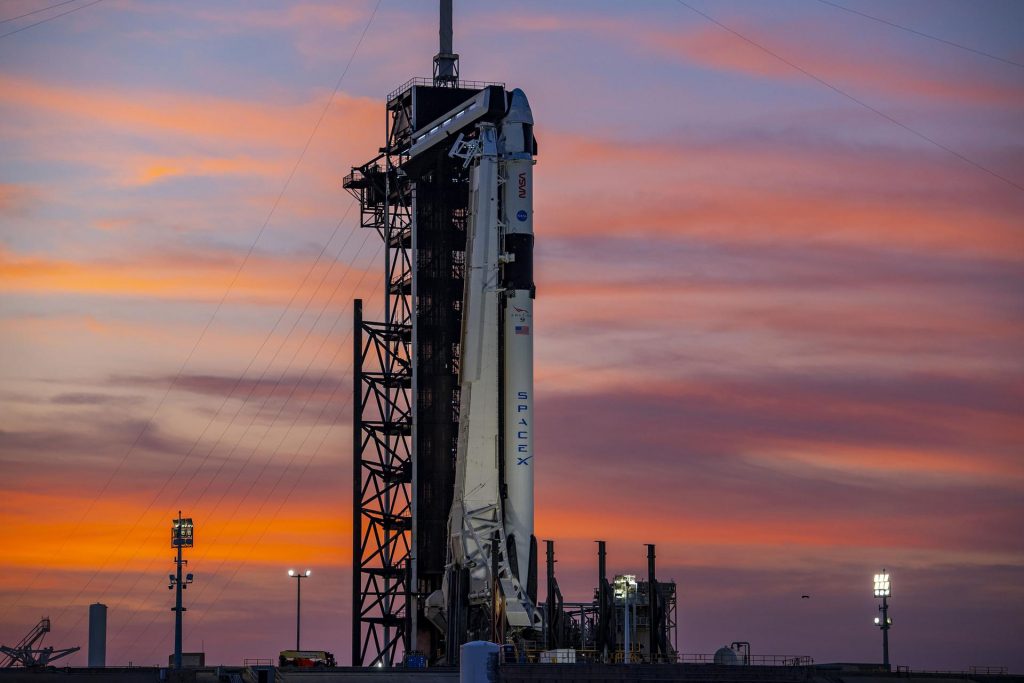
Flown and unflown Falcon 9 boosters will spearhead a potential double (or even triple) header of launches tomorrow, lofting a new crew to the International Space Station (ISS) from historic Pad 39A at Florida’s Kennedy Space Center (KSC) and—just a half-day later—a “stack” of 51 Starlink low-orbiting internet communications satellites from Space Launch Complex (SLC)-4E at Vandenberg Space Force Base, Calif. The brand-new B1078 core is set to rise into Florida’s post-midnight darkness at 1:45 a.m. EST Monday, followed by 12-times-flown B1061 from the West Coast, less than 13 hours later at 11:31 a.m. PST, with both boosters returning to Autonomous Spaceport Drone Ship (ASDS) landings.
Uncertainty remains, however, as to whether these will be the final Falcon 9 missions of February. Original plans called for the twice-used B1076 to also fly no earlier than Sunday, from storied Space Launch Complex (SLC)-40 at Cape Canaveral Space Force Station, Fla., possibly carrying the first of SpaceX’s downsized Starlink “V2 Mini” satellites, reportedly with three to four times greater “usable” bandwidth than their predecessors.
But in a recent update, SpaceX noted that B1078’s launch of Dragon Endeavour and her four-man crew—NASA astronauts Steve Bowen and Warren “Woody” Hoburg, together with Sultan Al-Neyadi of the United Arab Emirates (UAE) and Russian cosmonaut Andrei Fedyayev—unsurprisingly would take priority over B1076’s Starlink mission. “Team is completing pre-flight checkouts and setting up for no earlier than Sunday, February 26 for launch of Starlink,” SpaceX tweeted last Thursday, adding that B1078’s launch of Crew-6, “which has priority”, was aiming for the small hours of Monday morning.
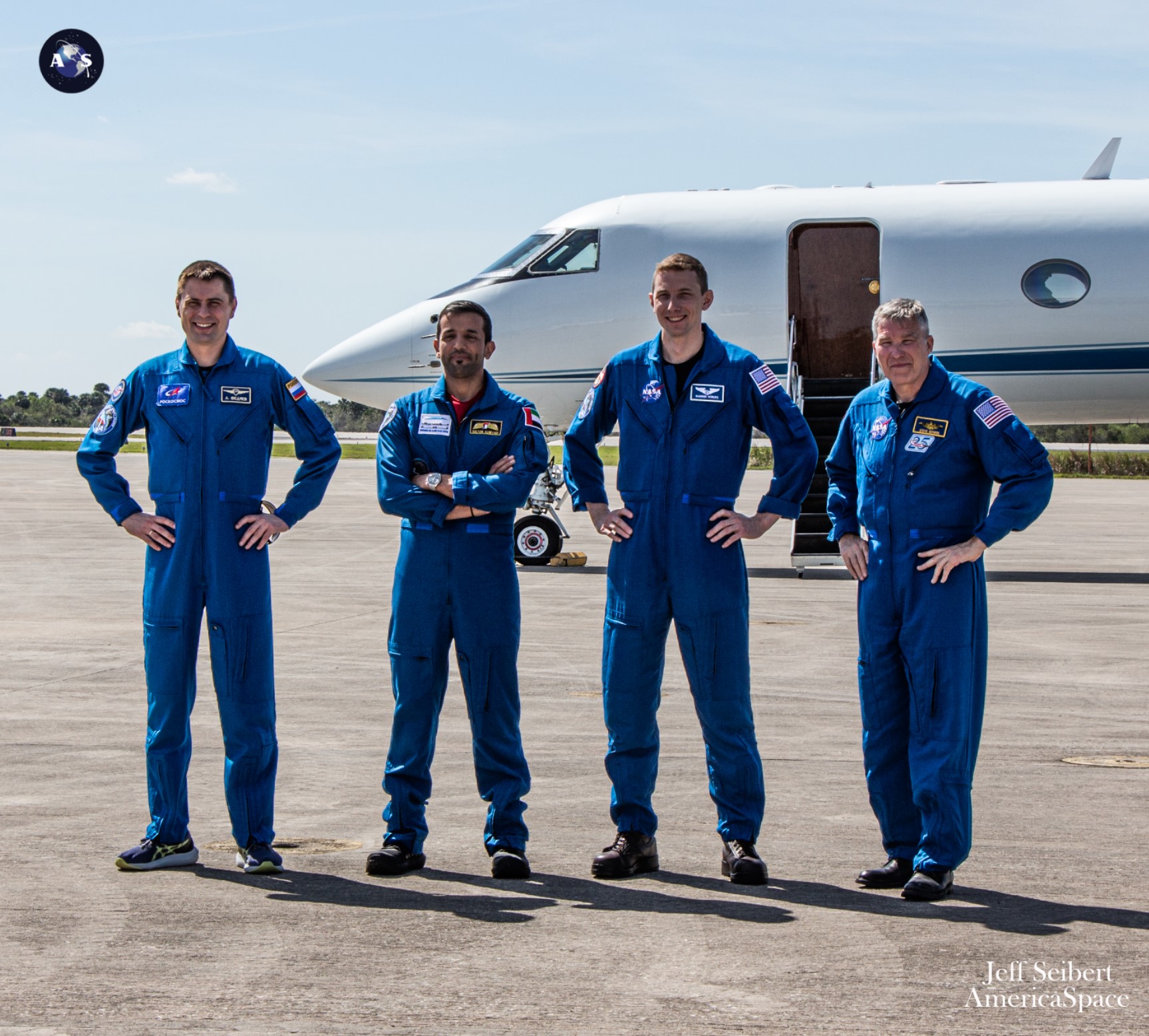
In readiness for Crew-6, Dragon Endeavour was transported to Pad 39A’s hangar last weekend for integration atop B1078. The 230-foot-tall (70-meter) rocket was rolled horizontally out to the pad surface last week and confirmed vertical on Thursday. Bowen, Hoburg, Fedyayev and Al-Neyadi participated in a “Dry Dress” rehearsal of their pre-launch activities and routines in the wee hours of Friday and B1078 was put through a Static Fire Test of its nine Merlin 1D+ engines—as is customary ahead of a booster’s maiden launch—later that same morning.
NASA and SpaceX leaders, together with personnel from the UAE’s Mohammed bin Rashid Space Center (MBRSC) and the 45th Weather Squadron at Patrick Space Force Base, gathered late Saturday following the “very thorough” Launch Readiness Review (LRR) to confirm that Crew-6 is definitively “Go” for the opening T-0 at 1:45 a.m. EST Monday. In support of the mission, the ASDS “Just Read the Instructions” put to sea out of Port Canaveral last Thursday, bound for a recovery position some 340 miles (550 kilometers) offshore in the Atlantic Ocean.
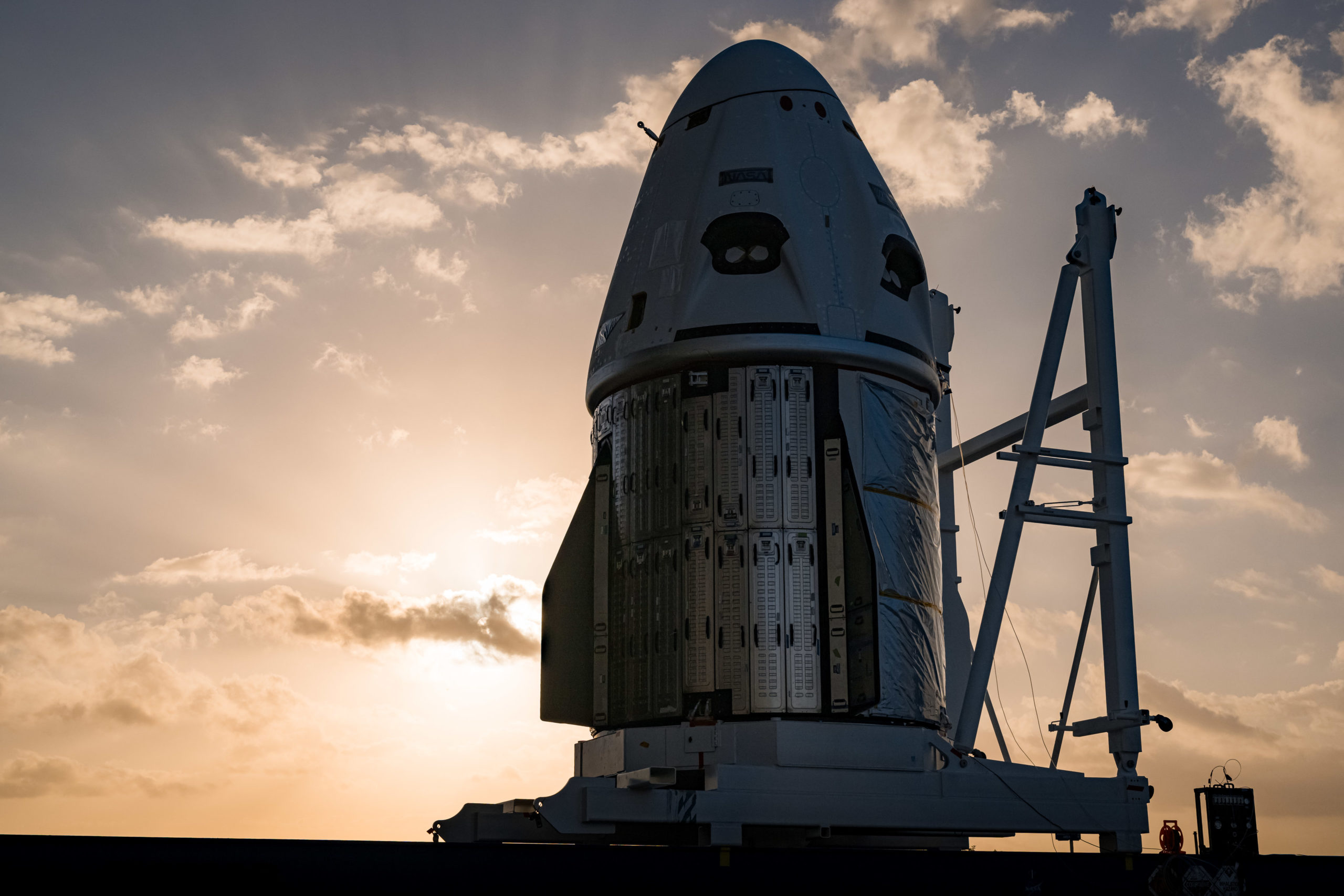
“A low-pressure front has formed off the Carolinas, bringing unsettled weather along the ascent corridor, but high pressure remains in control over Central Florida,” the 45th noted in a Saturday weather update. “On Sunday, this low will move east and a ridge will slide off the Eastern Seaboard of the U.S., lowering the winds and waves in the ascent corridor.
“Spaceport weather continues to look favorable, with a very low threat of a cumulus cloud violation,” the 45th continued. “During the day Monday, the ridge axis will continue to move east towards Bermuda, while the next strong low-pressure system churns into the Great Lakes Region.”

All told, this is expected to present a highly favorable picture: 95 percent probability of acceptable conditions for the primary T-0 at 1:45 a.m. EST Monday and 90 percent for the backup T-0 at 1:22 a.m. EST Tuesday. Should both attempts be missed, Wednesday is considered unsuitable for trajectory and rendezvous operations, before a trio of back-to-back launch opportunities opens from 2-4 March.
Following launch, Dragon Endeavour will separate from the second stage of the Falcon 9 booster a little under 12 minutes after launch and its nose cone will open shortly thereafter, exposing its docking mechanism. Bowen, Hoburg, Fedyayev and Al-Neyadi will follow a 24-hour and 16-orbit rendezvous profile, before an autonomous docking at the space-facing (or “zenith”) port of the station’s Harmony node at 2:38 a.m. EST Tuesday.
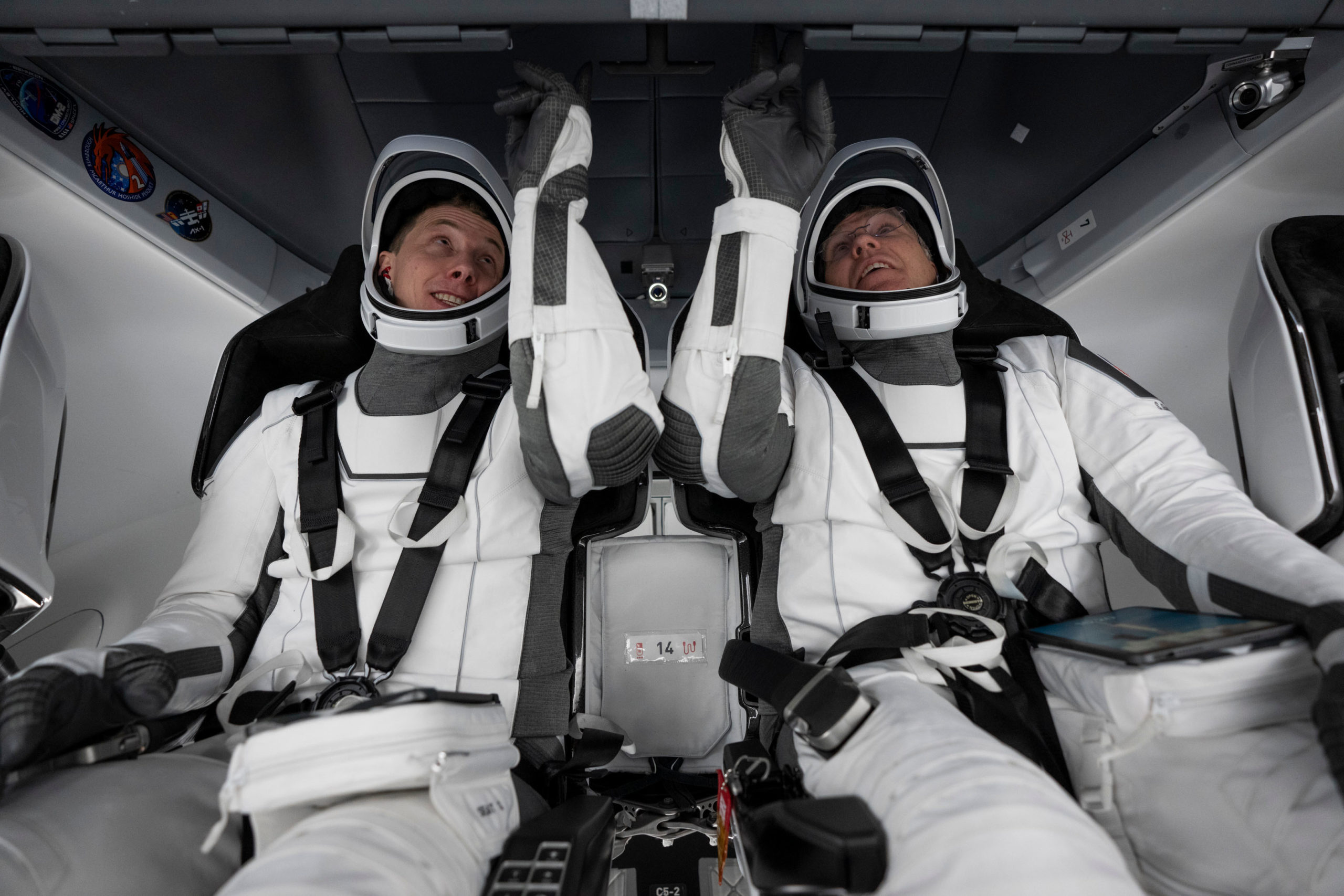
As outlined in yesterday’s AmericaSpace preview story, the quartet will spend up to six months in orbit, supporting 222 research investigations and welcoming two SpaceX Cargo Dragons in March and June and one Northrop Grumman Corp. Cygnus in April. They are also expected to be aboard for mid-to-late April’s long-awaited Crew Flight Test (CFT) of the Boeing CST-100 Starliner—crewed by NASA veterans Barry “Butch” Wilmore and Suni Williams—and Ax-2, the second all-private ISS mission for Houston, Texas-based AxiomSpace, Inc., provisionally targeted for mid-May.
Following Crew-6, the next confirmed mission, according to SpaceX, is the 11:31 a.m. PST Monday launch of B1061 from Vandenberg, laden with 51 Starlinks for emplacement into an orbit of 350 miles (570 kilometers), inclined 70 degrees to the equator. However, weather conditions at the West Coast launch site are projected to hover around 30-percent-favorable on Monday, with another T-0 later that day at 3:29 p.m. PST, followed by a pair of backup opportunities at 11:18 a.m. and 3:15 p.m. PST Tuesday.
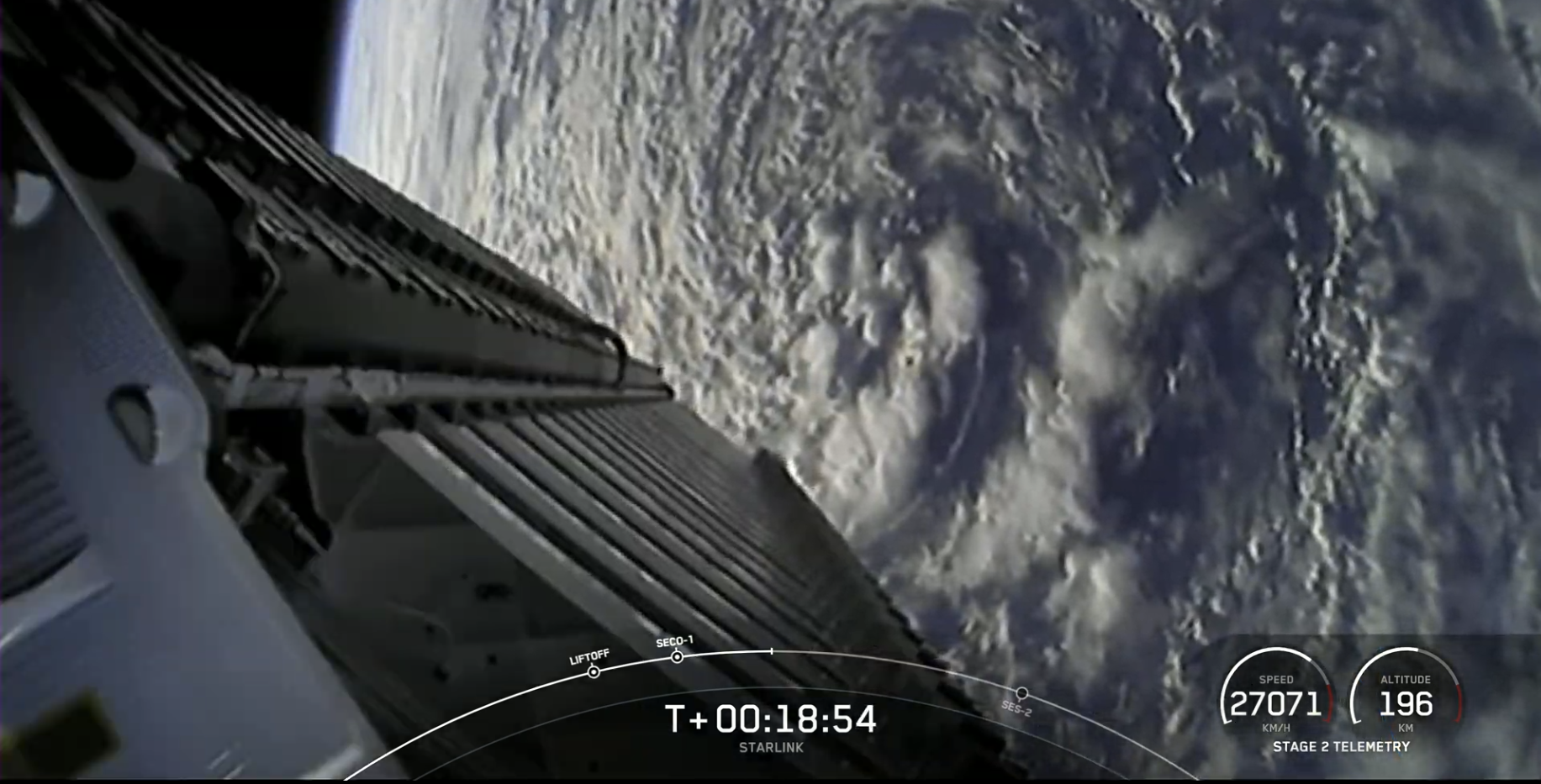
In support of this launch, the West Coast-based drone ship, “Of Course I Still Love You”, left Port of Long Beach yesterday. It was bound for a recovery position 440 miles (650 kilometers) offshore in the Pacific Ocean.
A successful launch should see the deployment of the 51-strong Starlink stack about 15 minutes into the mission. And with 3,979 production-design Starlinks having already been orbited between May 2019 and earlier this month, Monday’s mission promises to push the total number of these flat-packed internet communications satellites launched to date well north of 4,000.
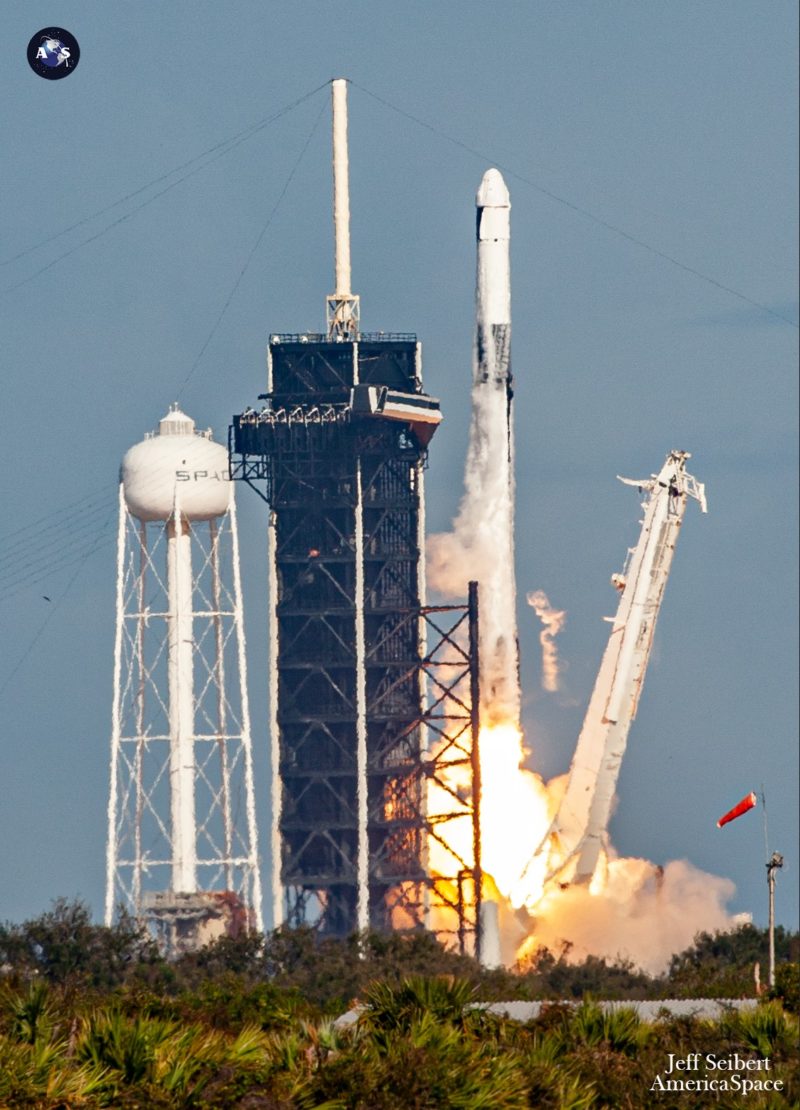
Should B1076 also fly on Monday, its own T-0 is provisionally timetabled to occur from the Cape’s SLC-40 an hour or so ahead of the Vandenberg launch. In his LRR comments last night, Benji Reed, senior director of SpaceX’s human spaceflight program, was non-committal, stating that the company is “looking at our launch rate” and remains “excited to see how this plays out”.
Dual launches on Monday will enable SpaceX to wrap up a pair of back-to-back, seven-mission months in January and February. And if as many as three Falcon 9s—Crew-6 and both the East and West Coast Starlink missions—all fly on Monday, it will mark the first time that SpaceX has achieved eight launches in a single calendar month and the shortest interval between three missions. Such an achievement should suitably position the Hawthorne, Calif.-headquartered launch services provider to aim for its oft-stated goal of up to a hundred launches before the end of 2023.
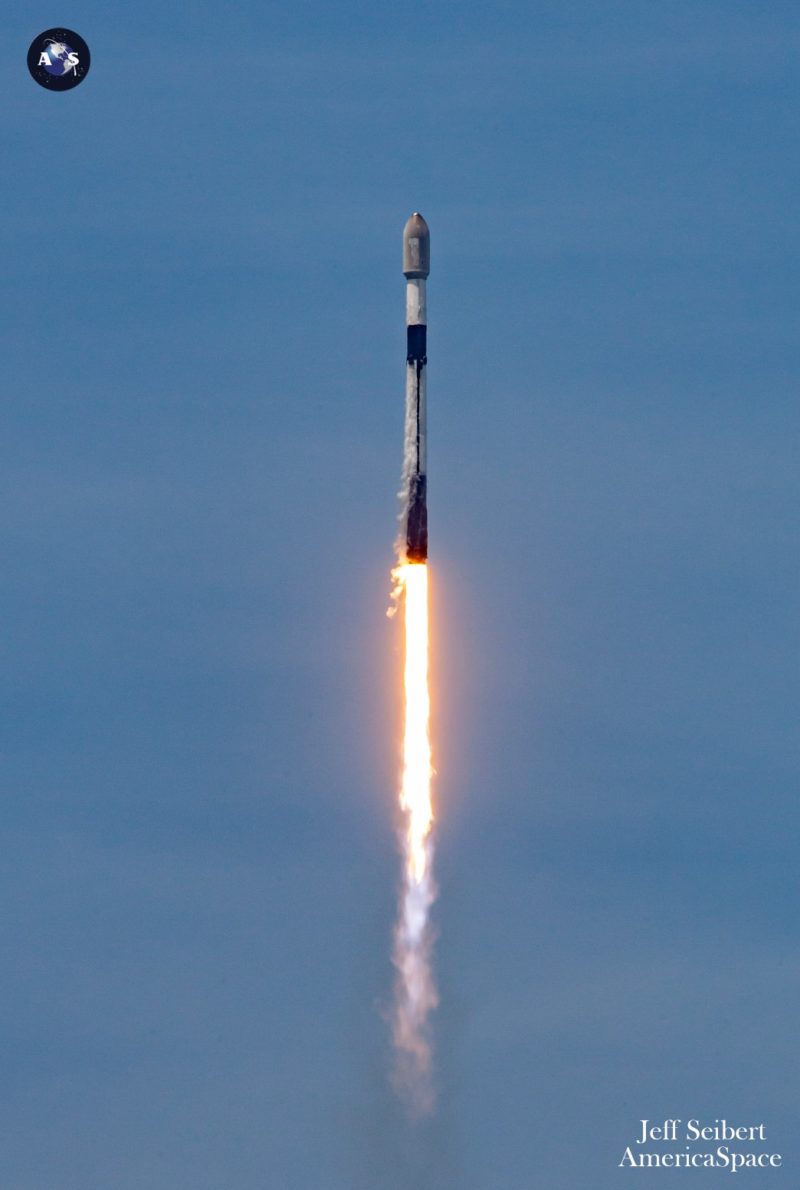
Even last year, when it achieved a personal-best-beating total of 61 launches, SpaceX did not attain its 14th flight until mid-April. In fact, SpaceX did not hit more than 14 missions in a single calendar year until as recently as 2017.
Averaging a launch every 4.2 days at the end of 2023’s second month, SpaceX has already substantially bettered its 2022 mean record of launching every 5.9 days. If the pace of January and February is maintained at its current rate, that pledges as many as 87 missions—a 42-percent uptick over 2022—by the time the next New Year’s Eve bell tolls.
FOLLOW AmericaSpace on Facebook and Twitter!
Missions » Commercial Space »




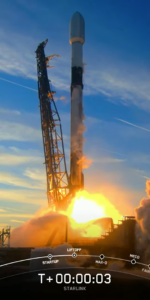
6 Comments
6 Pings & Trackbacks
Pingback:Good Weather Expected In Florida As SpaceX Heads Into Launch Week At The End Of The Month » Alast Paperwriter
Pingback:SpaceX Misses Monday Triple-Header, As Falcon 9 Launch Schedule Realigns - AmericaSpace
Pingback:Crew-6 “Go” for Thursday Pre-Dawn Launch, Vandenberg Mission Just 13 Hours Later - AmericaSpace
Pingback:As Crew-6 Launches, Space Station Readies for First Year-Long & First Danish Commanders - AmericaSpace
Pingback:As Crew-6 Launches, Space Station Readies for First Year-Long & First Danish Commanders - Space News
Pingback:SpaceX Flies Eighth Mission of March, Looks to Ninth Launch Tomorrow - AmericaSpace